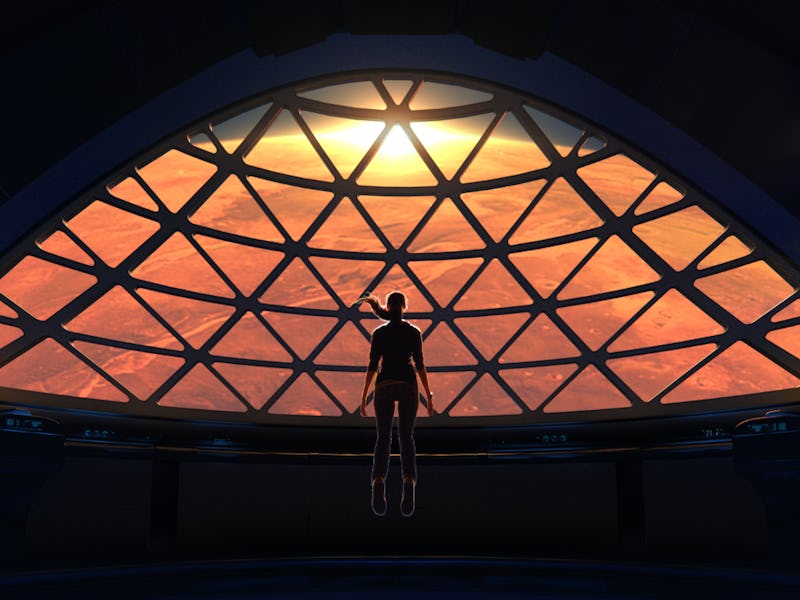Elon Musk is working on something big. Almost a year after he unveiled SpaceX’s plans for an Interplanetary Transport System (ITS), the CEO is gearing up to speak again at the International Astronautical Congress later this week. But the speech, where Musk will provide an update on his plans to make humans a multiplanetary species, may contain some surprises.
“Major improvements & some unexpected applications to be unveiled on Friday at IAC 2017 in Australia,” Musk said on his Twitter page.
Exactly what those applications are remains to be seen, but Musk’s last appearance at the IAC set the bar high. When it was unveiled at last year’s conference in Guadalajara, Mexico, the ITS shocked followers. The system consisted of a rocket booster, a spaceship, a tanker, and a propellant plant, all aimed at moving beyond Earth-based rocket launches.
“Once you have all of those four elements, you can actually go anywhere in the solar system by planet hopping or moon hopping,” he said at the conference. “So by establishing a propellant depot in the asteroid belt or on one of the moons of Jupiter, you can make flights from Mars to Jupiter no problem.”
SpaceX also shared a video last year of how the system would work in practice, which sees a spacecraft travel to Mars at a speed of 62,634 miles per hour.
The ITS is part of a multi-year timeline that starts with SpaceX’s Falcon 9 rocket landings. From there, the company plans a manned mission in a Dragon 2 capsule, with an optimistic deadline of May 2018. If all goes to plan, a manned mission to Mars could take place as soon as 2026.
The 68th annual IAC conference, scheduled to be held in Adelaide, Australia, is expected to break last year’s record as the biggest ever meetup as followers clamor to hear more about SpaceX’s plans for the future. Musk has said before that his speech would cover updates to the system.
“I’m thinking probably the upcoming IAC in Adelaide might be a good opportunity to do an updated version of the Mars architecture,” Musk said at June’s ISS R&D conference in Washington, D.C. “It’s evolved quite a bit since that last talk.”
In terms of what those updates may look like, Musk hinted at the ISS event that affordability is key to making the project work in the long term, and this area has formed the basis of the team’s focus.
“If we downsize the Mars vehicle, make it capable of doing Earth-orbit activity as well as Mars activity, maybe we could pay for it by using it for Earth-orbit activity,” he said. “That’s one of the key elements of the new architecture. I think this one has a shot at being real, on the economic front.”
Elon Musk’s inventions are full of sci-fi Easter eggs. Check out this video to find out what they are.
